ClevGuard Support: Monitor Devices with Others' Permission.
Following the launch of Google Gemini’s Nano Banana AI for high-quality image generation and editing, Bytedance has introduced Seedream 4.0, an AI-powered image-generation model. Pitting Nano Banana vs. Seedream can be the obvious course of action if you’re looking to understand what these two AI image generation and editing tools can offer.
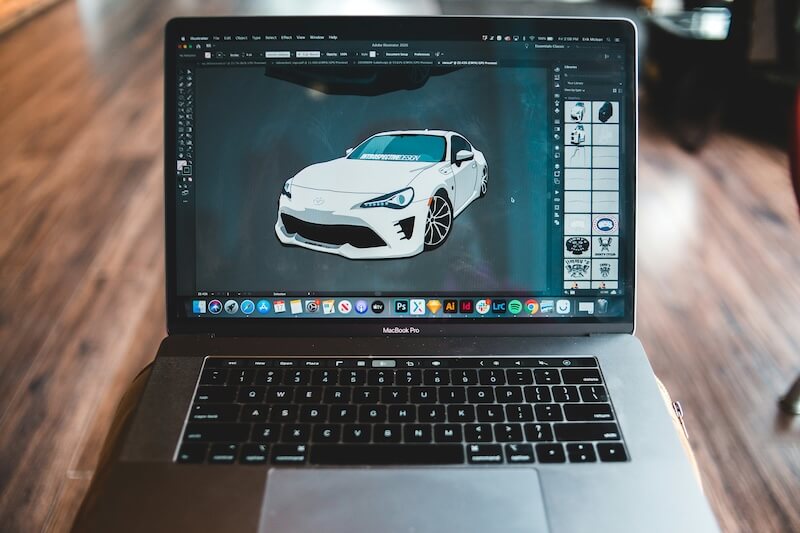
Both can go toe-to-toe in terms of generating high-quality visuals and come with a variety of advanced features that make them stand out in a sea of AI image generators. If you’re wondering which one between the two to pick, you’ve landed in the right place. This guide will help you understand the features of Nano Banana AI and Seedream 4.0, providing a detailed comparison to assist you in making the right choice.
Table of Contents
Part 1. What are Nano Banana and Seedream 4.0?
Nano Banana is an AI-powered image generation tool integrated into Gemini and Google AI Studios. You can input textual prompts into Nano Banana and use it to transform your existing images or create new images altogether. Machine learning techniques and algorithms enable users to perform real-time editing and add modifications to their existing images. Nano Banana in Photoshop (beta) is now available, which makes it easier for seasoned Photoshop users to use it as an integrated tool and generate images, becoming a simpler alternative to a heavy tool like Photoshop.
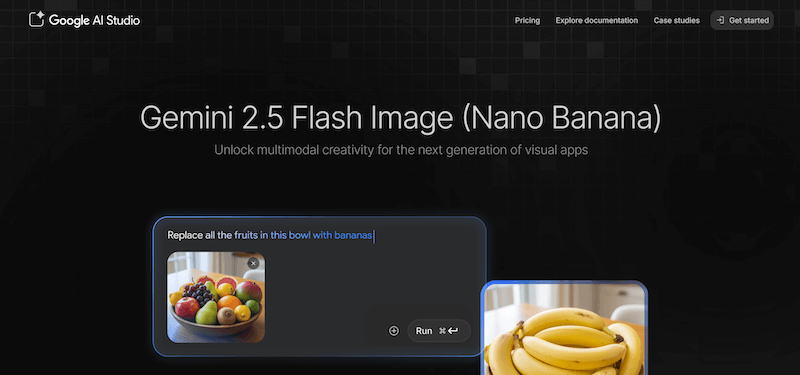
Seedream 4.0 has been developed by ByteDance (the company behind TikTok), which combines advanced text-to-image technology along with powerful image editing features. It can handle complex, multi-modal tasks such as reference consistency and knowledge-based generation, which helps it generate high-definition images at a much faster speed than Seedream 3.0.
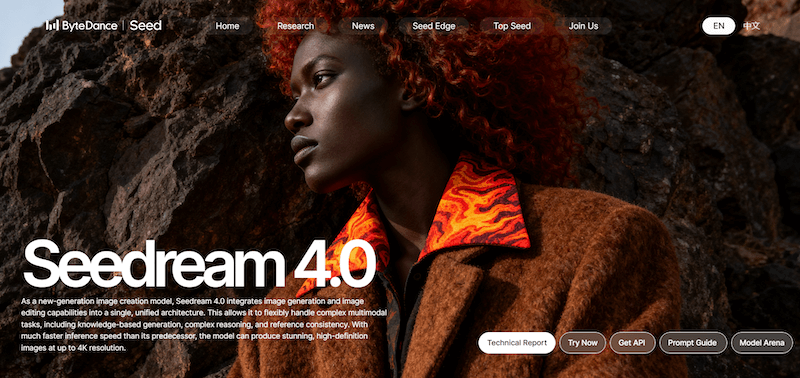
Part 2. Nano Banana vs Seedream: Key Differences
The choice between Nano Banana and Seedream 4.0 will depend on the types of visuals you need. We have compared the core features of Nano Banana and Seedream 4.0 in the following sections so you can select the one that is ideal for your use case.
1Character Consistency
When looking for the best AI image generation tool and making a Nano Banana vs. Seedream comparison, you will need to check the character consistency. It is basically how well the AI image generation model keeps the same person or object looking the same across multiple images.
Here's how both tools performed when compared on character consistency:
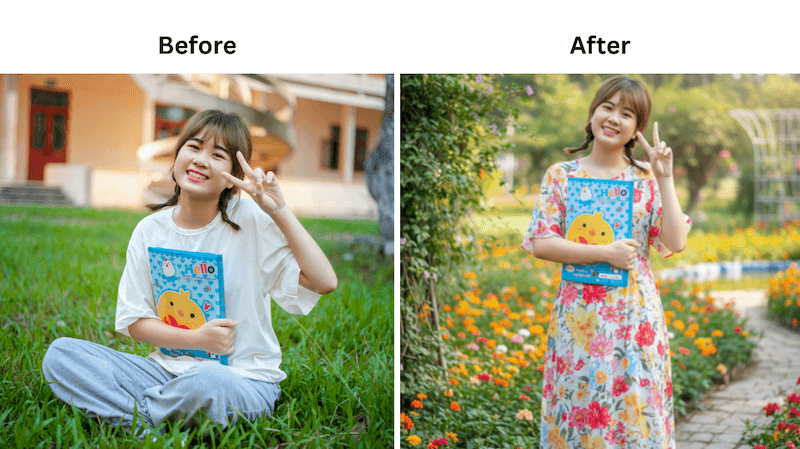
Nano Banana does really well in maintaining the character consistency. That's because it is designed to fulfill the simple goal: “keep you, you.” Nano Banana can take a reference image and carry those unique traits through different variations. It even keeps the character consistent when you ask for changes in setting, outfit, or style. For example, the above image is a result of this prompt: Create an image of this person in a maxi outfit and a garden in the background, keeping their face exactly the same.
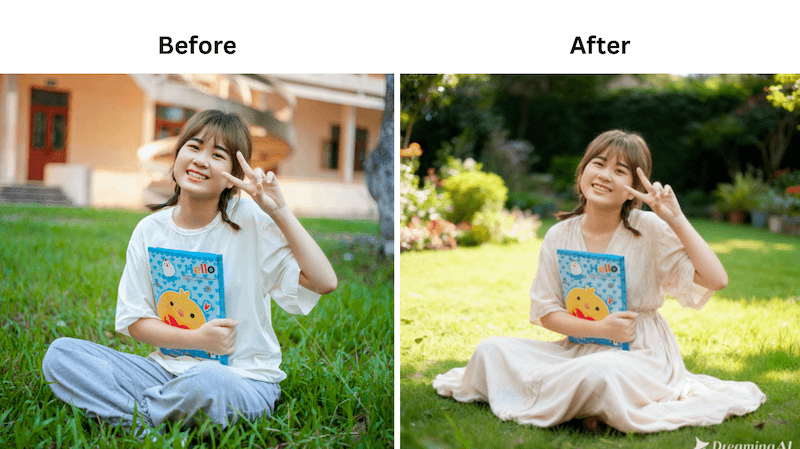
On the other hand, Seedream 4.0 exceeds expectations when you give it multiple references (like a front and side face photo) and ask for a whole set of images. You may see occasional shifts in the Seedream output. For example, it sometimes changes lighting or hair textures in the output.
Verdict:
While Nano Banana is an easy-to-use AI image generation platform, it can make some changes in the posture. On the other hand, Seedream keeps the character details intact while generating the output.
Rating:
Seedream 4.0: 3.8
Nano Banana: 3.5
2Input Models Supported
The next difference between Nano Banana and Seedream 4.0 is the different types of inputs that both AI tools can handle. For example, some tools let you type a text prompt, while others allow you to upload images or even combine multiple references. The more input options you have, the more control you get over the final result.
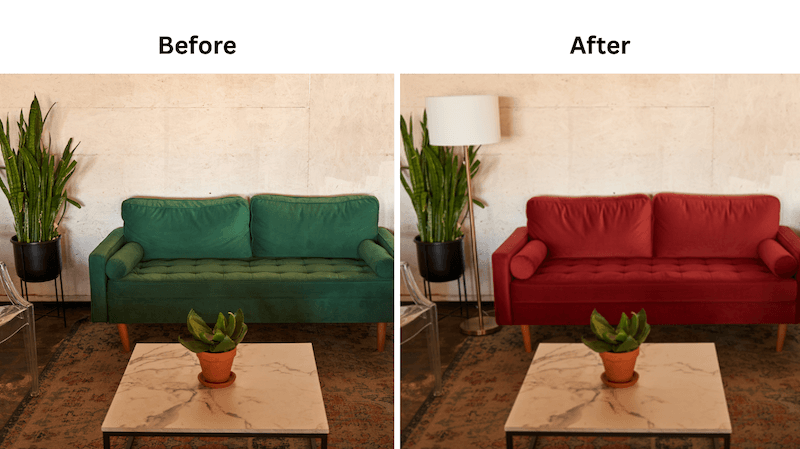
Nano Banana supports both text-only prompts and image-based edits. You can upload a picture and ask it to change details while keeping the overall look intact. This makes it feel more like an AI conversational tool. You give Nano Banana an image and then ask for step-by-step edits. The above image is a result of the following prompt: Replace the sofa with a red couch, add a lamp on the side, and keep the room layout the same.
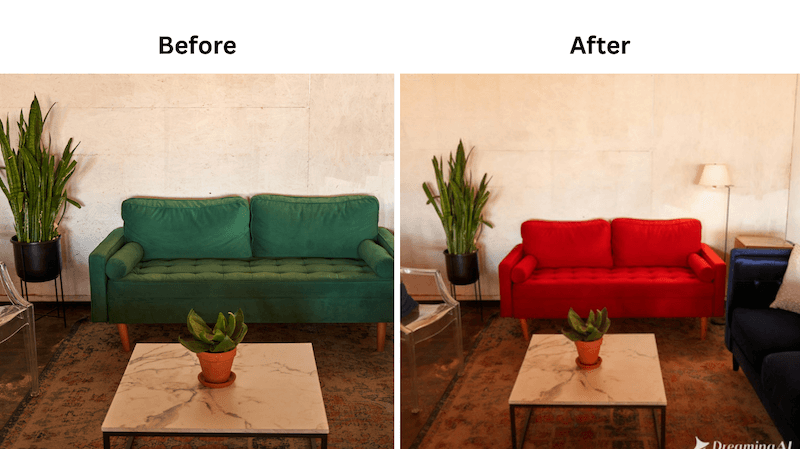
Seedream 4.0 also accepts text and image inputs. You just need to click on the “AI Image,” choose the model and size, and upload a photo to get the desired output.
Verdict:
While both Nano Banana and Seedream do well, Seedream offers a more advanced fusion.
Rating:
Seedream 4.0: 3.5
Nano Banana: 3.2
3Output & Resolution Quality
The AI image generation tool is good only if it can generate high-quality output. The two things you need to understand before choosing between Nano Banana vs. Seedream are resolution (how large and sharp the image is) and clarity (how well small details like text, textures, or reflections show up).
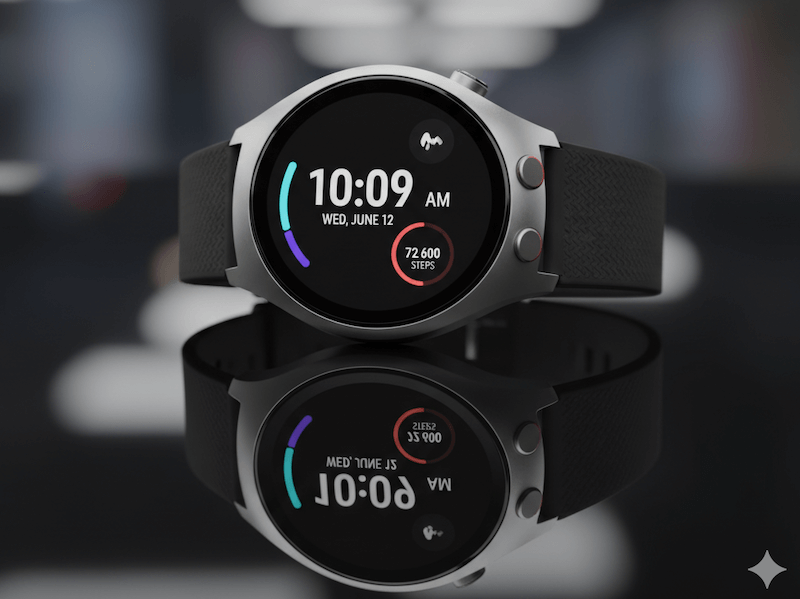
Nano Banana focuses more on logical consistency and creating realistic and identity-preserving images. It is a good choice for those who need natural-looking details in the output. But if you need very large, print-ready files, then you may need to choose Seedream 4.0. For example, the prompt here was: Generate a close-up product image of a smartwatch on a reflective table. Make the text on the watch clearly readable and details sharp.
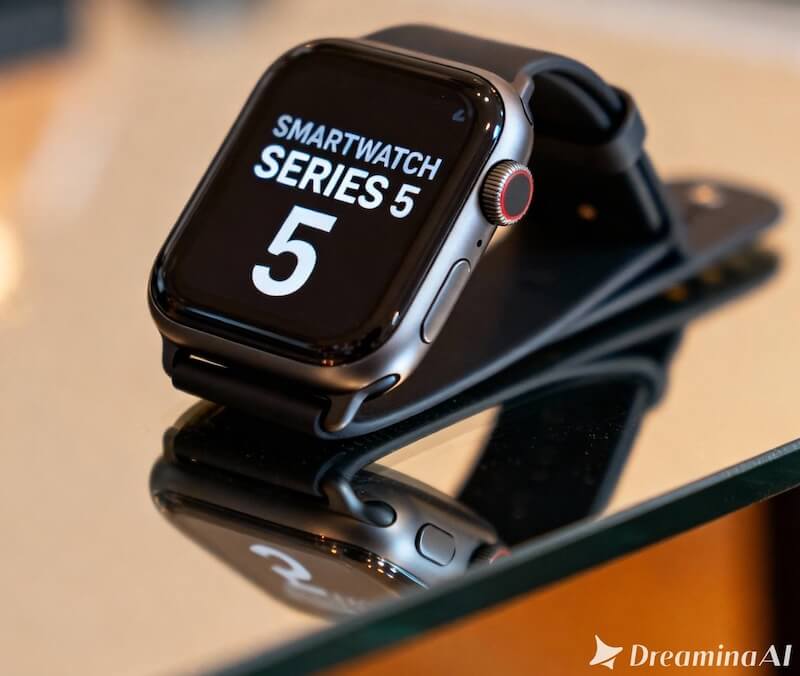
On the other hand, Seedream 4.0 holds a clear advantage over Nano Banana. It is built to push higher resolution natively, with support for 2K and even up to 4K images. It is a decent choice for cases where you need product labels, tiny textures, or fine print to look clear.
Verdict:
Seedream is better if you need 4K images. On the other hand, Nano Banana is ideal for basic image generation needs.
Rating:
Seedream 4.0: 3.8
Nano Banana: 3.5
4Multi-Image Input/Output
Sometimes you do not just want one picture. Instead, you need multiple images or want to blend different reference images together. This is where the multi-image input and output feature of the AI image generation tool comes into the picture.
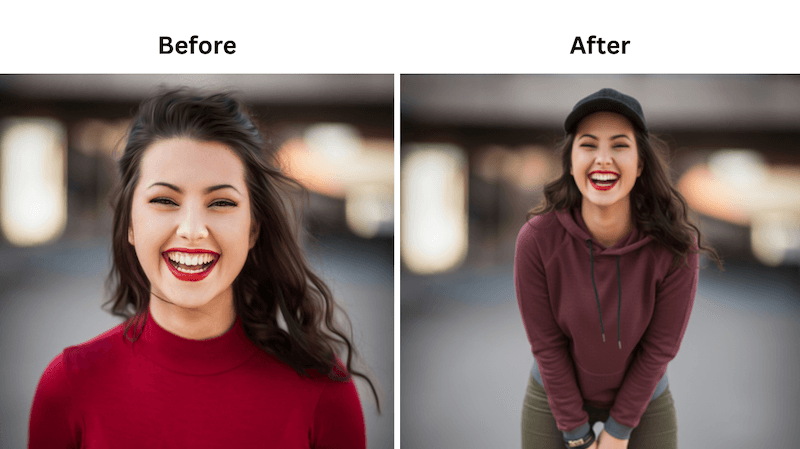
Nano Banana lets you upload more than one image. You can also ask it to merge elements, like taking the face from one photo, the outfit from another, and the background from a third to create one final output. Even though the output is highly refined, you cannot create multiple images in one go. Here, the prompt given was: Create a new image of this person by combining the portrait with the outfit in the second image, keeping the person’s face identical.
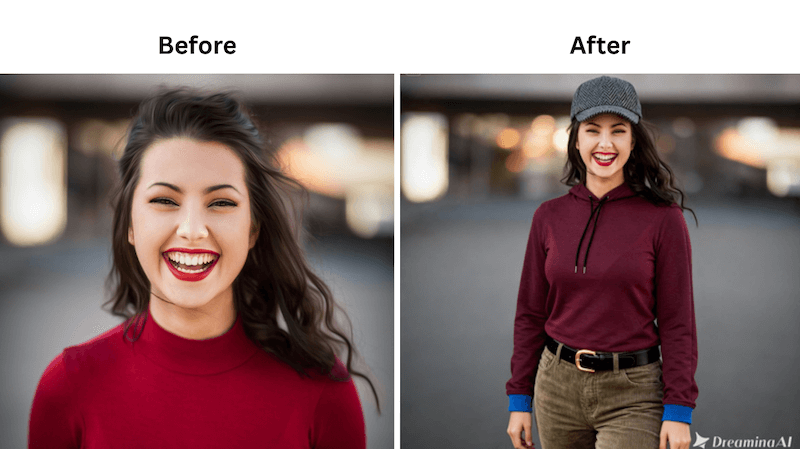
On the other hand, Seedream 4.0 allows you to generate multiple images from one single prompt. It is a decent choice for creators who need to combine several references at once and produce a full batch of consistent outputs in one go.
Verdict:
If you want to generate multiple outputs, Seedream is a great choice. On the other hand, Nano Banana is better for single images.
Rating:
Seedream 4.0: 3.5
Nano Banana: 3.8
Here's a table comparing the core features of Nano Banana and Seedream 4.0:
| Features | Nano Banana | Seedream 4.0 |
|---|---|---|
| Input Modes Supported | Text prompt and images | Text prompt, single or multiple reference images, and multi-image composition |
| Output Resolution Capability | Higher resolution with improved creative control | Native support up to 4K, with primary speed benchmarks around 2K images |
| Multi-image / Batch Output | Can blend or combine multiple images, but doesn’t support batch outputs. | Supports multi-image input and output |
| Character Consistency | Keeps characters consistent across edits and transformations | Excellent at keeping identity and rendering characters consistently across multiple outputs |
| Contextual Understanding | Uses Google Gemini’s world knowledge to understand prompts and keep scenes coherent | Focuses on understanding complex scenes, multimodal reasoning, and maintaining consistency across images. |
| Editing / Transformations | Can handle scene adjustments, transformations, and guided edits via prompt | Supports fine editing, replacing elements, and transformations through natural-language prompts |
| Speed | Faster | Slow for 4K images |
| Limitations | Watermarking in the Gemini version | Real-world performance may vary depending on complexity and the number of images |
Part 3. Which One Should You Choose?
When you make a Nano Banana vs. Seedream 4.0 comparison, there are a couple of things you need to focus on, such as your usage of the tool, design specifications, familiarity with AI-powered image generation tools, and more. Here are some parameters you should consider while making a choice between Nano Banana AI and Seedream AI:
- Artistic vs. Realistic Edits: Nano Banana AI ensures that your edits remain realistic and prioritizes consistency in image edits. On the other hand, Seedream AI lends an artistic flair to the image edits, becoming useful if you want to add a little more imaginative element to your image.
- Prompt Understanding: Nano Banana interprets your prompts literally and gives you exactly what you want, which makes it reliable for the vision you already have in mind. Seedream 4.0 goes beyond a literal image generation, focusing on being more creatively aligned.
- Desired Content Format: Nano Banana helps you create high-quality images that are ideal for digital projects and products, while Seedream 4.0 gives you high-resolution, 4K images that would be ideal for intricate illustrations and commercial prints.
FAQs about Nano Banana and Seedream 4.0
What is Nano Banana in Photoshop?
Nano Banana in Photoshop is a new image generation and image editing AI-powered tool introduced by Google that is now integrated into Photoshop (beta version) to help you create high-quality images.
What’s new in Seedream 4.0?
The new Seedream AI version, called Seedream 4.0, is an image editing software that combines the text-to-image generation capabilities of Seedream 3.0 with the powerful image editing features of SeedEdit 3.0.
Which tool is more beginner-friendly?
Nano Banana is more beginner-friendly than Seedream 4.0 because it’s easier to start using, simpler to learn, and also easier for users already familiar with Photoshop.
Conclusion
This comprehensive guide gives you a detailed idea of the features of both tools and helps you make an informed comparison as to which tool to choose: Nano Banana vs. Seedream. Apart from enabling high-tech image generation and being equipped with advanced image editing features, both tools offer multi-platform accessibility and room to experiment for people and creators of all ages, including kids. If you want to help your kid safely navigate this new world of AI image generation, consider getting KidsGuard Pro to make digital exploration and maneuvering safe and fun!



